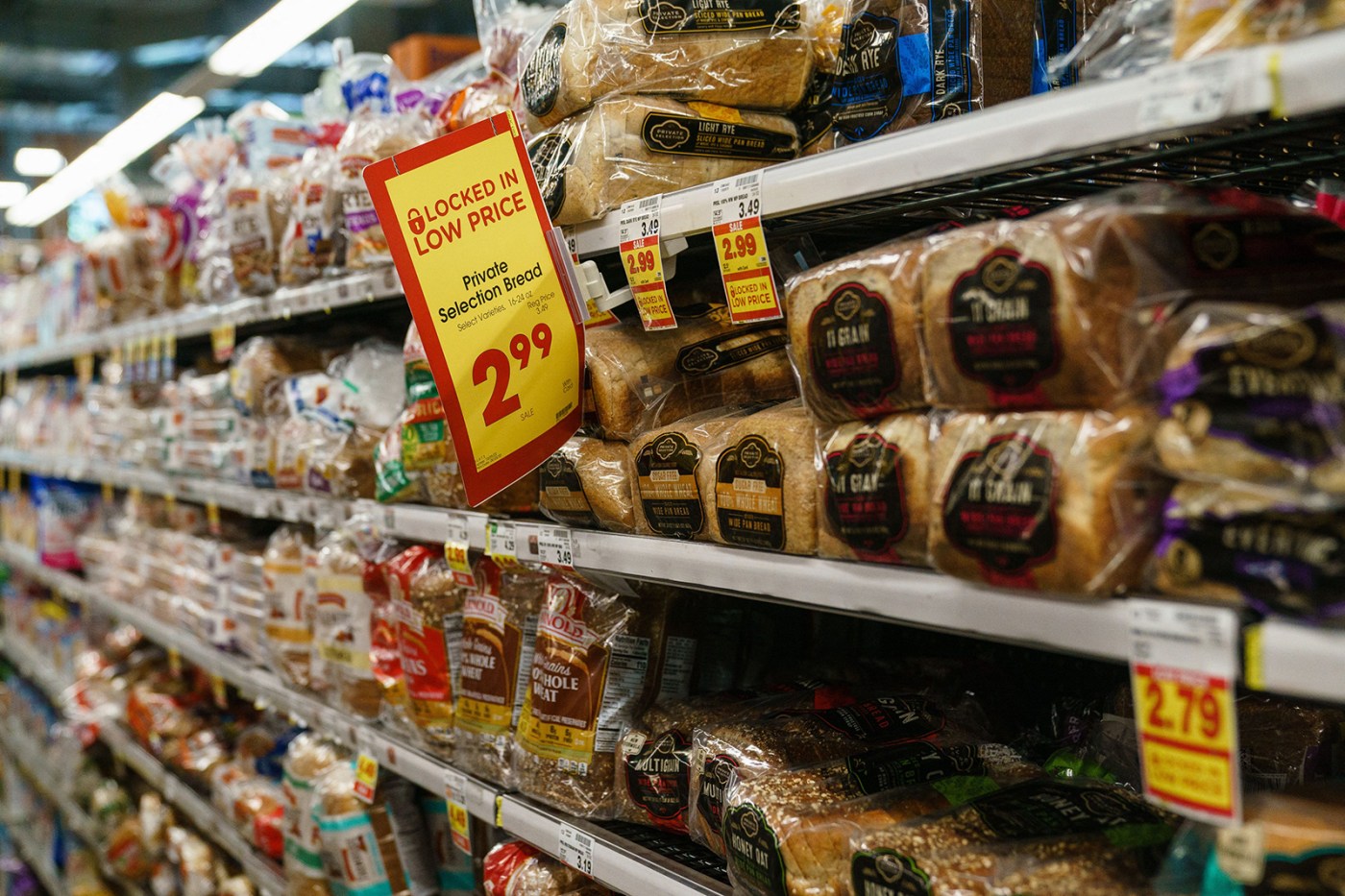Michael Hirtzer | Bloomberg News (TNS)
America’s wheat crop is making a comeback. Too bad U.S. grocery shoppers want to buy less food made with it.
Related Articles
Supreme Court will take up the legal fight over ghost guns, firearms without serial numbers
Serial robbery crew arrested, accused of stealing California Lottery Scratchers worth $250,000
Is Musk controversy responsible for Tesla’s struggles?
The Latest | Lawyers in Trump hush money case paint competing portraits of him in opening statements
Earth Day: How one grocery shopper takes steps to avoid ‘pointless plastic’
Although crop conditions for the staple grain are the best in four years, purchases of many flour-based foods have been slipping. The U.S. Department of Agriculture expects the amount of wheat used in food this year to hit the lowest level in five years. In the fourth quarter, millers churned out the least flour for that time of year in data going back a decade, signaling demand for the baking staple isn’t quite holding up.
The pullback has been especially acute in sweets and processed foods. Cookie and cracker unit sales were down 3.4% from the previous year as of late February, data from consumer intelligence company NIQ show. Grocery-aisle bread sales fell 2%.
Several overlapping factors are behind the slumping demand, including the increased adoption of GLP-1 medications like diabetes-drug Ozempic. Grocery spending in households that use the class of drugs can drop as much as 9%, Morgan Stanley said in a report earlier this year. Inflation is also partly to blame, with high prices still slamming shoppers. Cash-strapped households are also trying to waste less food as prices continue to climb.
“Indulgences that people were spending money on during the pandemic — that’s been scaled back,” said Brian Walker, a milling industry consultant.
As domestic demand slips, American wheat farmers will increasingly need to look abroad to find buyers. It’s not going to be easy: U.S. farmers were already losing ground in global export markets amid an influx of cheaper supplies offered by top shipper Russia. That means U.S. prices will need to come down in order to compete — a blow to wheat farmers who’ve just come out of a challenging growing period.
Last spring, fields were so plagued by drought that farmers abandoned crops at the highest rate in more than a century. Some U.S. flour mills hunting for supplies during that time were forced to turn to rare imports, including from Poland and France, to help make up for the domestic shortfall. This year, though, 56% of the winter wheat crop is deemed by the USDA to be good or excellent, double the rate a year ago.
Wheat demand got a bump during the pandemic, when restaurant closures resulted in a surge in baking at home and prompted rapid flour production in the U.S. Food makers also held onto higher flour inventories to beat COVID-era supply chain snarls and to try to avoid surging costs after wheat futures jumped to a record when Russia invaded Ukraine in 2022. Now, companies have largely returned to just-in-time deliveries instead of sitting on extra ingredients.
There are some pockets of flour-based food demand that have held strong. Consumers have been trending away from super-processed foods with a long shelf life and toward smaller batch items. Bakery bread sales, for instance, were up 3.5% in the past year, NIQ data show. Dave’s Killer Bread, a packaged organic product, saw unit volumes soar 10% even as overall bread sales were down, owner Flower Foods Inc. said on its fourth-quarter call in February.
Meanwhile, some bakeries are selling more individual slices of pie instead of whole pies as demand wanes.
“If I’m a baker, I’d rather sell less than not sell at all,” said JP Frossard, consumer foods analyst at agriculture lender Rabobank.
With assistance from Jaewon Kang and Dominic Carey.
©2024 Bloomberg L.P. Visit bloomberg.com. Distributed by Tribune Content Agency, LLC.












